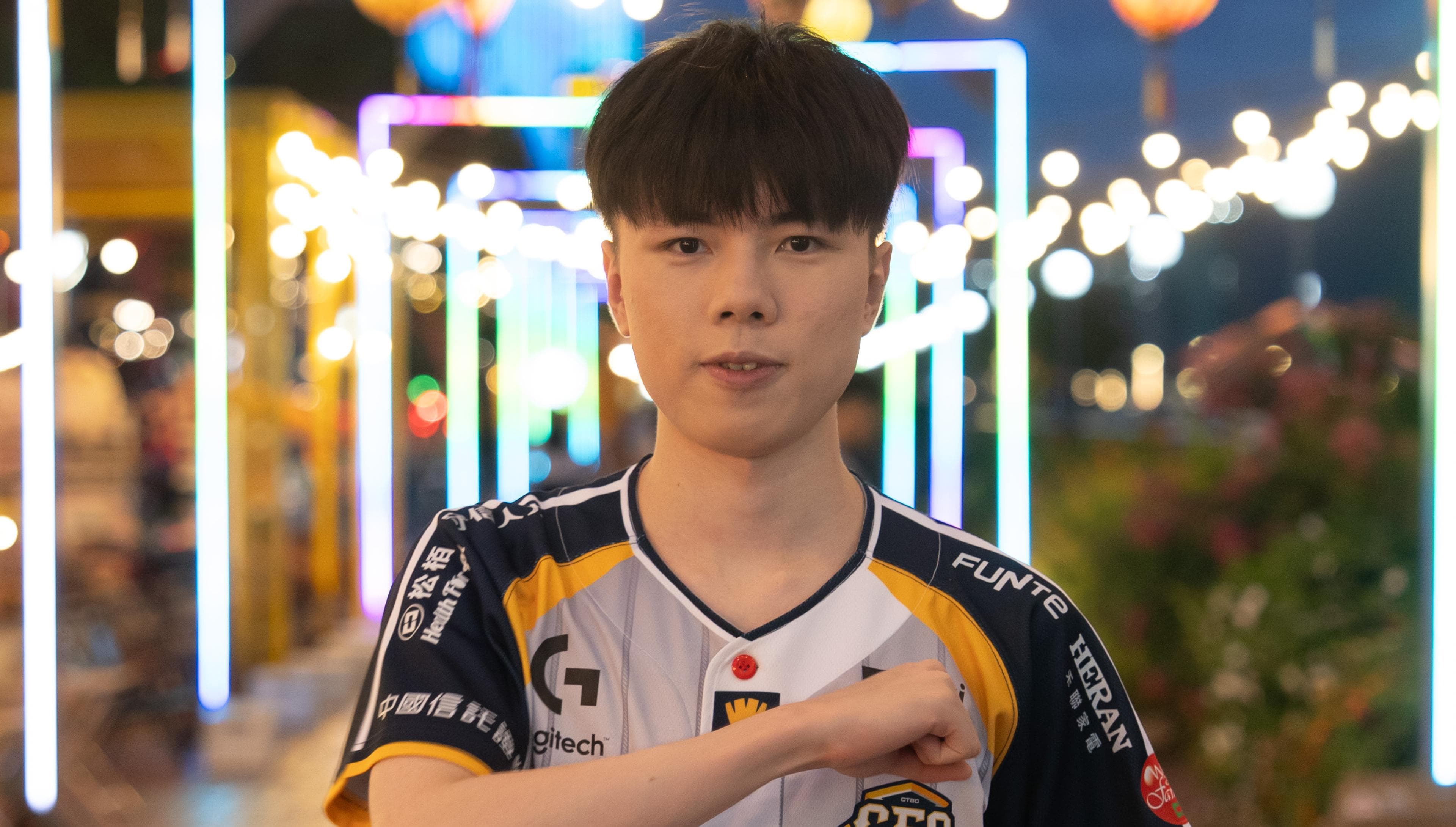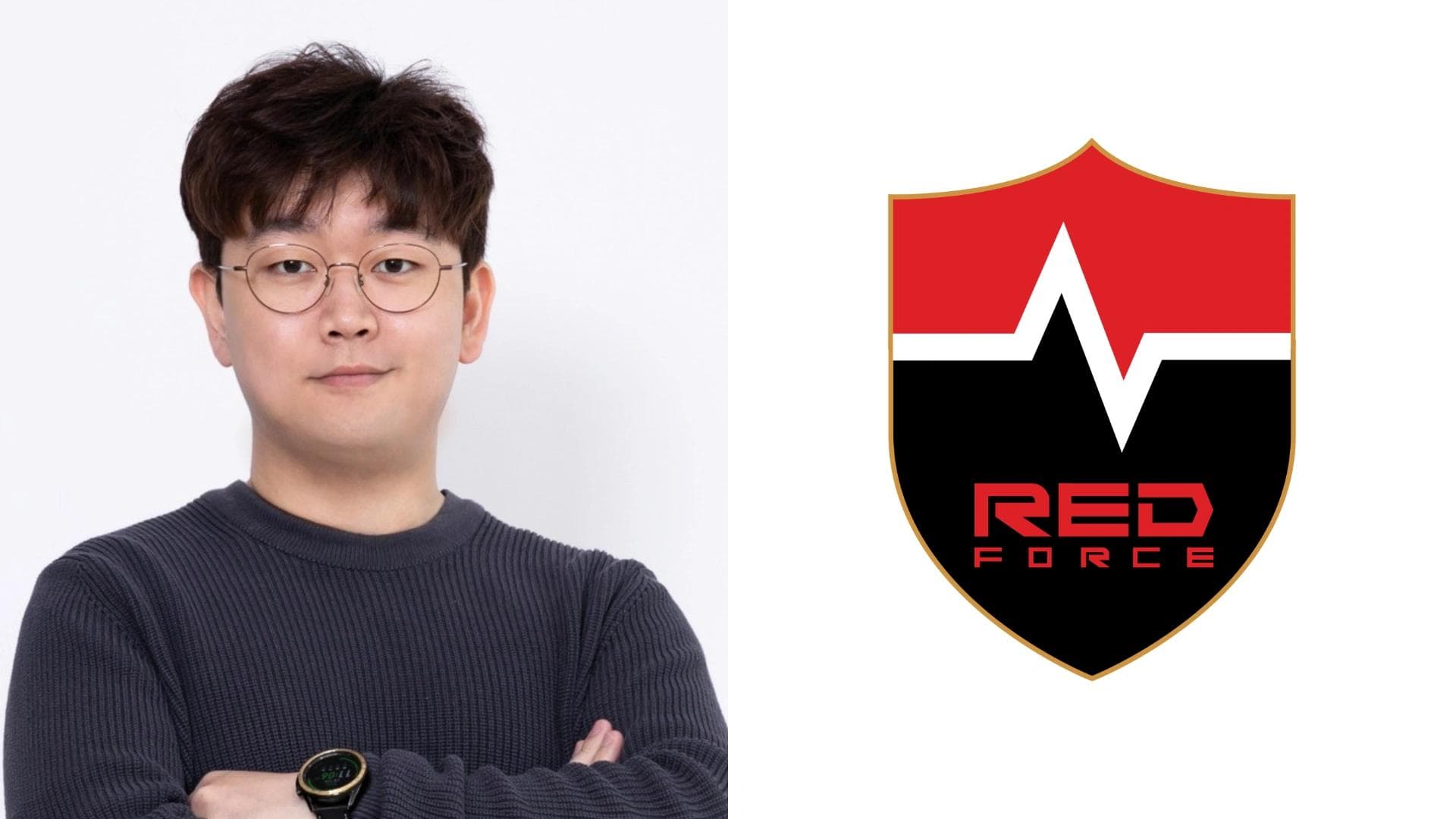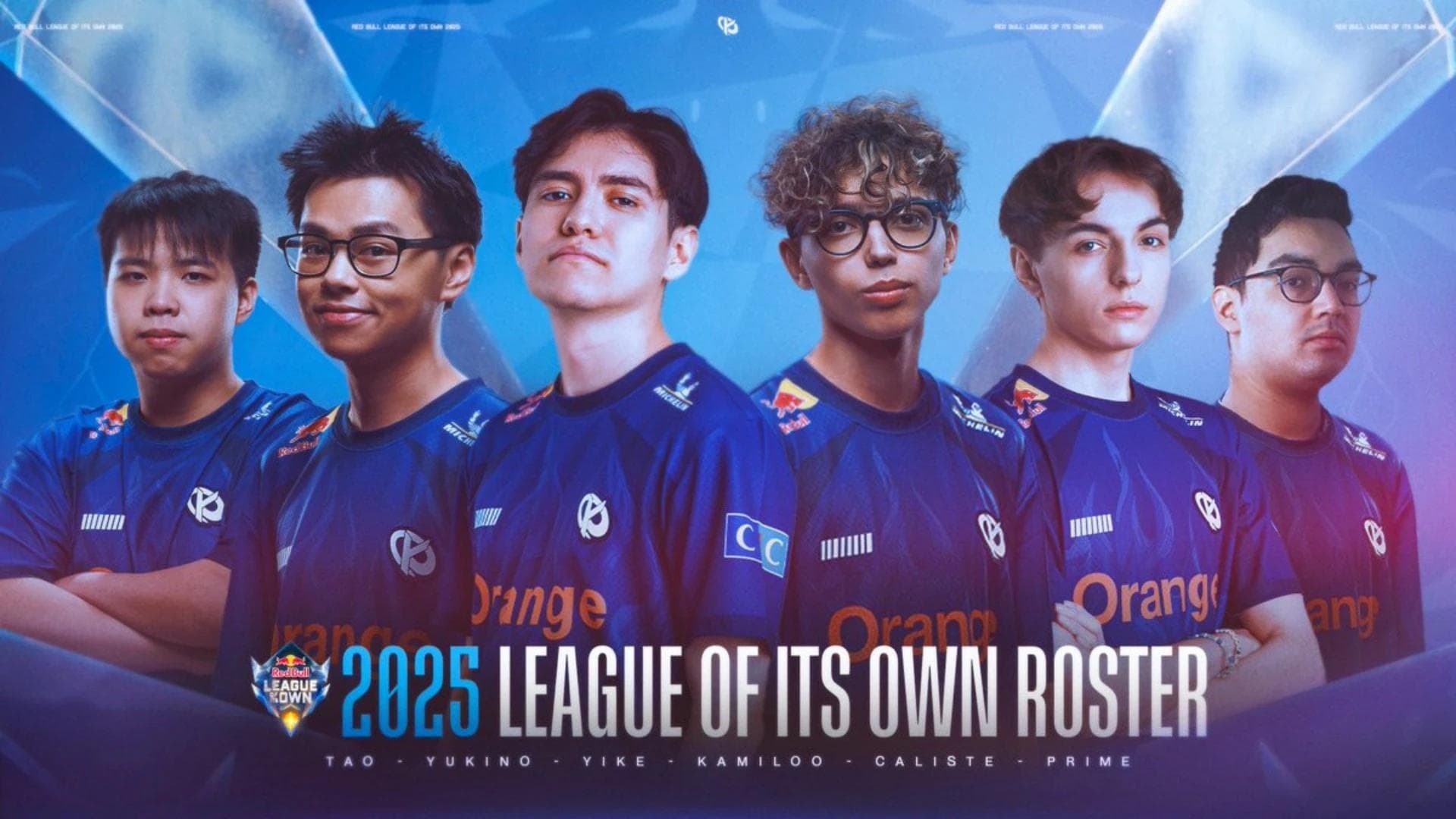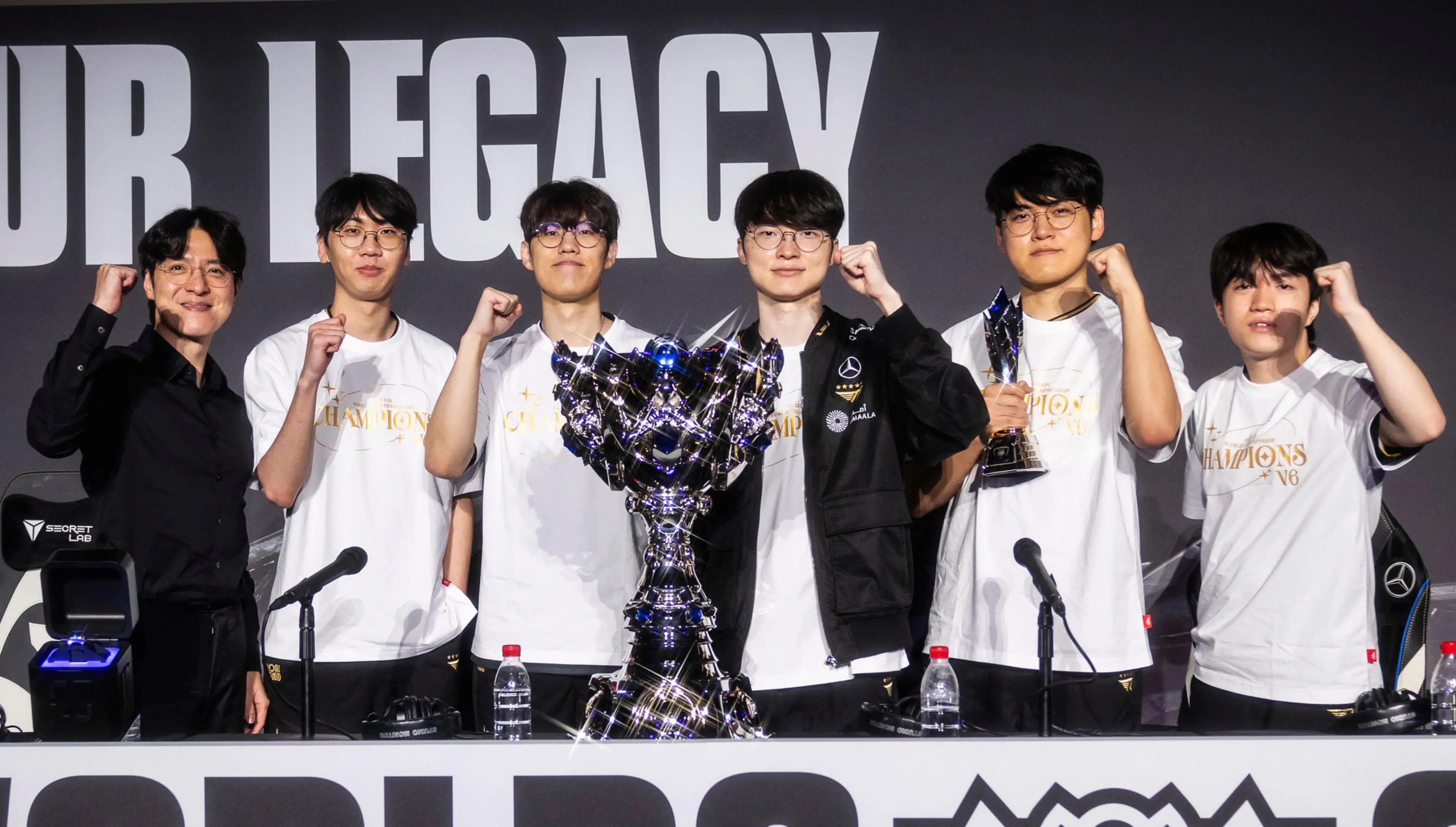Jack J, Head of Gaming Technology at GIANTX tries to answer the question for Sheep Esports
On Tuesday, November 25, 2025, Elon Musk announced that X’s AI, Grok, will be taking on the challenge of beating “the best human team” at League of Legends in 2026. Not only that, but it would attempt to do so under two constraints: Can only look at the monitor with a camera, seeing no more than what a person with 20/20 vision would see ; Reaction latency and click rate no faster than human. This invites two questions. First, how likely is that to happen? And secondly, what are the implications on regular esports if it does?
In this article, Jack J, Head of Gaming Technology at GIANTX, and founder of the club League of Legends AI Coach, ITERO.GG, tries to answer these questions for Sheep Esports. He's been working in AI for many years, with a focus on its implementation in esports and competitive gaming.
Can AI Beat Humans at Games?
The simple answer is; yes. In fact, they’ve been doing so since as early as 1997, after IBM’s DeepBlue beat the World Chess Champion, Garry Kasparov. A more modern example, and a far better equivalent to LoL, was in 2019 when OpenAI’s Five defeated the DOTA2 World Champions, OG.
So yes, almost certainly it would be possible for an AI to beat the best team in world at League of Legends. In that sense, Elon’s challenge is six years too late to the AI vs. Human debate. What makes it interesting, however is whether Grok can do it, and whether it can do it with the additional constraints laid out in his tweet.
But can Grok do it?
To unpack that first part, we need to first understand how these human-beating AI systems are usually built. They have typically been trained using “Reinforcement Learning”, which, to keep things simple, are built by having the model repeat tasks again and again until it stops getting any better at doing them. The important part being the models are learning as they go.
Grok 5, as far as we’re aware, will be an evolution of its current form, a Large-Language Model (LLM), similar to ChatGPT, Gemini, or Claude. As of yet, none of these chat models have the ability to also do the Reinforcement Learning required to continuously improve. They can remember the context of your conversation, sure, but none of them fundamentally get better with every simultaneous conversation they’re having. Elon, however, has hinted that this will be a feature of Grok 5, which substantially improves its odds, if true.
Another complexity is that these previous models, such as the ones used in Chess, Poker or DOTA2, are built using bespoke architectures. They do one thing really well, and nothing else at all. Stockfish, the leading Chess AI, can’t play Poker, and it certainly can’t recommend a recipe or re-write an email. The benefit of being ultra-specialised isn’t just in performance, but in speed. It allows their architectures to be narrower, and so the right move is found far faster than if it was multi-purpose.
Therefore, the second challenge for Grok will be working out how a generalised chat model can take an image of League of Legends, interpret it, and compute the best action to take, all in the time it takes for a Malphite ultimate to land. Not to mention whilst maintaining it’s ability to respond to tweets about emerging political scandals, or recommendations for the best coffee spots in Berlin.
In reality, I’d wager that there will need to be versions of Grok in which the architecture is trimmed and tuned to be the best League of Legends player it can be, whilst sacrificing broader skills as it goes. There’s also the fact that Elon is the worlds richest person, which can have its benefits in terms of assignable resources…
Holding the AI Back
Really, computers beating humans at computer games shouldn’t have been a surprise to anyone. It’s the equivalent of doing a “Who can be the best duck?” competition and being surprised when the walking, quacking, duck wins. They are going to be extremely good at League of Legends because they operate in the same 1s and 0s environment that the game does.
However, have you ever played against an obvious scripter? Maybe a Xerath player who never misses a skillshot, or a CS:GO player doing nothing but headshots? I doubt when this happens your first thought is “Wow, I have so much to learn from this player”. Advantages outside of the realm of human possibility do not feel fair, whether that’s single digit MS reaction speeds, or simultaneously observing every pixel across the map at once.
Therefore, Elon rightfully mentions two additional restrictions in his tweet. First, limiting the observation area to only that of what is visible on the screen, and secondly, limiting reaction and click speeds to only what is humanly possible. Vital restrictions for a fair test, but they do not go far enough to solve for the one, big, important question: what could we learn from the AI?
Can we learn from an AI Coach?
AI can beat us, that I have no doubt. What I’m interested in is what could an esports team could learn from it in order to improve their own game. And as of today, the answer is we can learn nothing at all. The core issue being that they play the game in a way that is not feasible for us to replicate.
You could argue that it’s possible since in chess it’s now quite common for players to use “solvers” (AI) to review a game and get a grasp of critical errors they made, or opportunities they missed. This works because in a turn-based game like chess, there are no moves that an AI could do, that you cannot. You may not understand the logic behind a decision, but you can follow the path and use that to learn. In a MOBA, RTS, or FPS, however, there are steps an AI can take that you quite literally could never achieve in a lifetime.
For example, let’s say you are an esports coach and you have developed an unconstrained AI to play an FPS, call it CS:GO. You want to learn how it enters a site that is held by five enemy players. It walks in, and in a blink of an eye has headshot them all. So, you ask your player to use this strategy going forward. He walks in, misses the first shot and is dropped immediately. You have learnt that the best way to take a site is to have nanosecond reflexes and perfect accuracy. Interesting, sort of? Useful, absolutely not.
For AI to fundamentally change the way League of Legends is played, whether that is Drafting, Builds or Macro, it needs to actually play in a way that is realistic and achievable for a professional player. Restricting it’s observable area and reflex speed, as Elon has suggested, is a great start, but it’s still a long way off being a human equivalent. There are still so many additional areas in which computers and humans will differ, including but not limited to:
Tunnel Vision. We, as humans, tend to focus in on specific tasks, and the harder that task is the more of our attention is drawn to it. As you Flash Engage onto the enemy ADC, your attention on the map will blur as you focus on hitting the right combination of abilities and judging their movement. An AI, on the other hand, will see every pixel, all the time. The very first frame of an Ashe R showing on the map will be tracked — even whilst simultaneously rotating cooldowns in a fight and monitoring the Dragons health bar. Limiting the observable area to the screen is a start, but to truly replicate humans it needs to act more like a spotlight, taking detailed information about one small area of the screen, with limited information from elsewhere.
Actions-per-Minute (APM) & Reactions. An AI can take an immense number of actions at a time, if unconstrained. Micro movements, abilities, health pots, and auto-attacks, all being simultaneously fired off. Not to mention whilst reacting at ungodly speeds. A simple solution, and one that was even implemented by OpenAI’s Five in the DOTA2 challenge, is to limit the reflex speed and APM. However, that ignores the fact we cannot operate at consistent levels of APM. For us, our APM will spike during times of intense action, then will sit at a lower rate during quite periods. The peaks and averages are also wildly different depending on the situation. The laning phase is far more about muscle memory than during a technical back-and-forth team fight where decisions are constantly being evaluated based on numerous changing factors, which can significantly impact the achievable APM.
Communication. I can communicate in-game with my team, via pings, voice, or chat. Will Grok work as a single mind, or will it need to transfer information between instances? If information is being shared, it would need to have the rate and volume constrained, otherwise you could accidentally make point 1 (screen limitation) defunct since it’s simultaneously seeing and acting on all 5 perspectives at once via “communication”. I can tell my ADC where I last saw the enemy Jungler, but I can’t transfer every pixel my eyes have seen to them — and in Solo Queue they’d probably ignore me even if I could.
Mistakes. Players mis-input, a lot. Usually it’s not noticeably so (a click a fraction away from where you intended), but it compounds. This also brings us back to APM, since miss clicks will impact effective APM. How many Actions did you take that were subsequently overwritten by another action, simply because your first click was off slightly, or its a habit to hit the same command a few times to ensure it went through? Do we add randomness to AI input to equally constrain it? Should it be programmed to flash into a wall on occasion?
All these factors, and more, are the core of making a human-player, human. The further away an AI is from this form, the less interested we should be in how they approach the game.
If, however, we one day create an AI capable of playing LoL in a human-like manner, we suddenly unlock the ultimate improvement tool. From studying their macro, build and drafting decisions, to using them as an elite scrim partner who is always guaranteed to show up and play at their best. It could revolutionise the standard of esports for good, and that wouldn’t be limited to just League of Legends. Until then…
In summary:
- Yes, unquestionably AI can beat us at computer games.
- Grok, therefore, with time and execution, should be able to join that club. Although being a language model makes this considerably trickier. My guess would be 2028 as more likely than 2026.
- However, in order for this to be an effective tool for esports teams to learn from, it needs to not just win, but win with all the same biological constraints we have. Otherwise, we might as well be learning our macro from scripters and wallhackers.
"I’m Jack J, the Head of Gaming Technology for GIANTX and the founder of ITERO.GG, an AI Coach for League of Legends. I’ve worked in AI for almost a decade, originally at HSBC, then Deloitte, and I have a Masters in AI from the University of Manchester. I’ve been writing about AI in Esports & Gaming since 2019, and still occasionally publish articles on my Substack."
Header Photo Credit: Colin Young-Wolff/Riot Games







/Comments
Write a comment